
In early 2024, Walmart began quietly removing self-checkout kiosks from select stores, which has since ignited widespread confusion and frustration among shoppers nationwide. Once hailed as a symbol of convenience and speed, these machines have vanished without fanfare in locations like Shrewsbury, Missouri, and Cleveland, Ohio. At first glance, this might seem like a minor operational tweak, but beneath the surface lies a larger, more urgent crisis: soaring retail theft that threatens the viability of stores and the shopping experience itself.
This change is not about customer preference but a strategic response to a surge in shoplifting and related crimes. The ripple effect of this decision extends beyond checkout lines; it impacts employees, law enforcement, and the future of retail technology, sparking a contentious debate about convenience versus security. Walmart’s quiet shift has unexpectedly become a lightning rod for public outrage and industry reflection.
The Stakes Are National, and They’re Rising

Retail theft in the U.S. has escalated into a full-blown crisis, costing retailers billions annually and forcing some stores to shutter. This is not a localized issue but a national emergency affecting communities across Missouri, Ohio, New Mexico, and beyond. Police departments are inundated with shoplifting-related calls, straining resources and complicating law enforcement efforts. For Walmart, the largest retailer in the country, this surge in theft presents a daunting challenge: how to protect inventory and employees without alienating millions of honest customers.
The stakes are profound; unchecked retail theft drives prices, jeopardizes jobs, and erodes consumer trust. Walmart’s frontline battle against shrinkage reflects a broader economic and social dilemma, where crime costs ripple through local economies and everyday shopping habits. This escalating threat demands innovative yet controversial solutions.
Remember When Checkout Was Personal?

Checkouts used to be a simple, human experience: a cashier’s smile, a brief exchange, and a swift transaction. Self-checkout technology promised a future of speed and autonomy, appealing to shoppers who valued efficiency or privacy. However, what began as a convenience has morphed into a complex problem. The systems designed to streamline shopping have inadvertently become hotspots for theft and confusion.
Customers who once enjoyed seamless self-service now face suspicion and delays, as stores grapple with balancing automation and security. The nostalgic simplicity of traditional checkout feels increasingly distant, replaced by a tension-filled environment where technology’s promise clashes with real-world challenges. This shift adds an emotional layer to the retail saga, as shoppers and employees navigate a changing landscape fraught with mistrust.
The Decline of Trust and Convenience
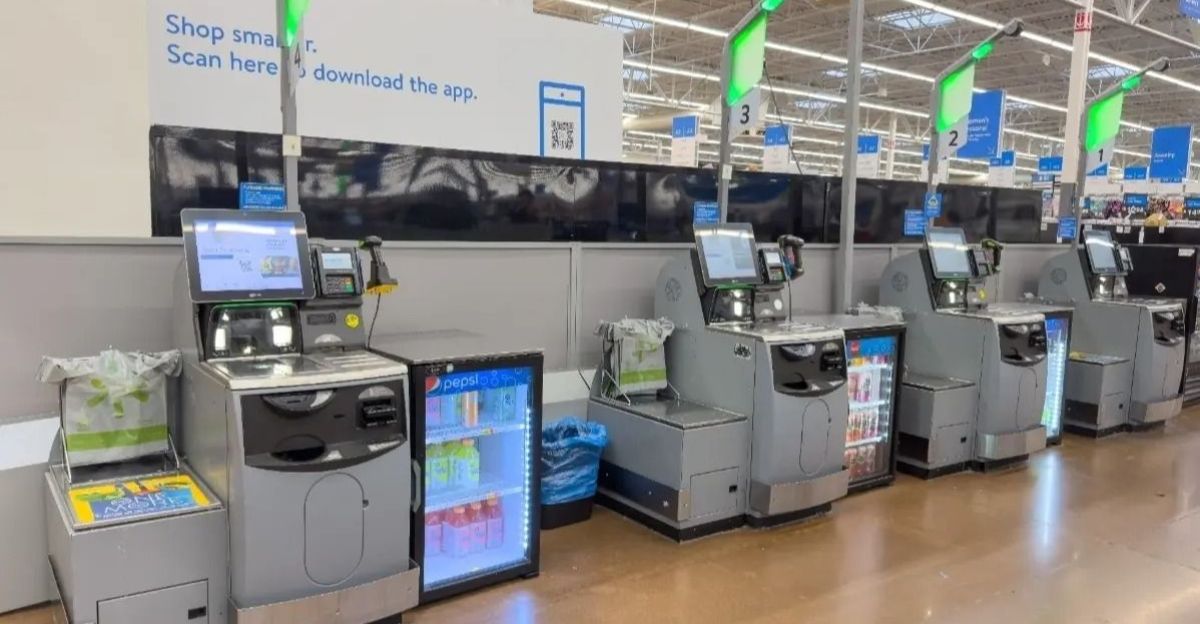
The surge in retail theft has forced Walmart and others to rethink the’ role of self-checkouts. Initially, a cost-saving innovation, self-checkout now presents a liability. Theft isn’t always deliberate; many customers skip scanning items, blurring between honest mistakes and intentional shoplifting. Underpaid and overworked employees often hesitate to accuse customers without clear proof, creating a gray area ripe for exploitation.
This erosion of trust has led Walmart to reduce or remove self-checkout options in some stores. The consequences are palpable: longer lines, frustrated shoppers, and a retail atmosphere where convenience is sacrificed for security. This decline in self-checkout availability signals a deeper industry struggle to reconcile technology with human factors and loss prevention.
Walmart’s Bold Move: Removing Self-Checkout
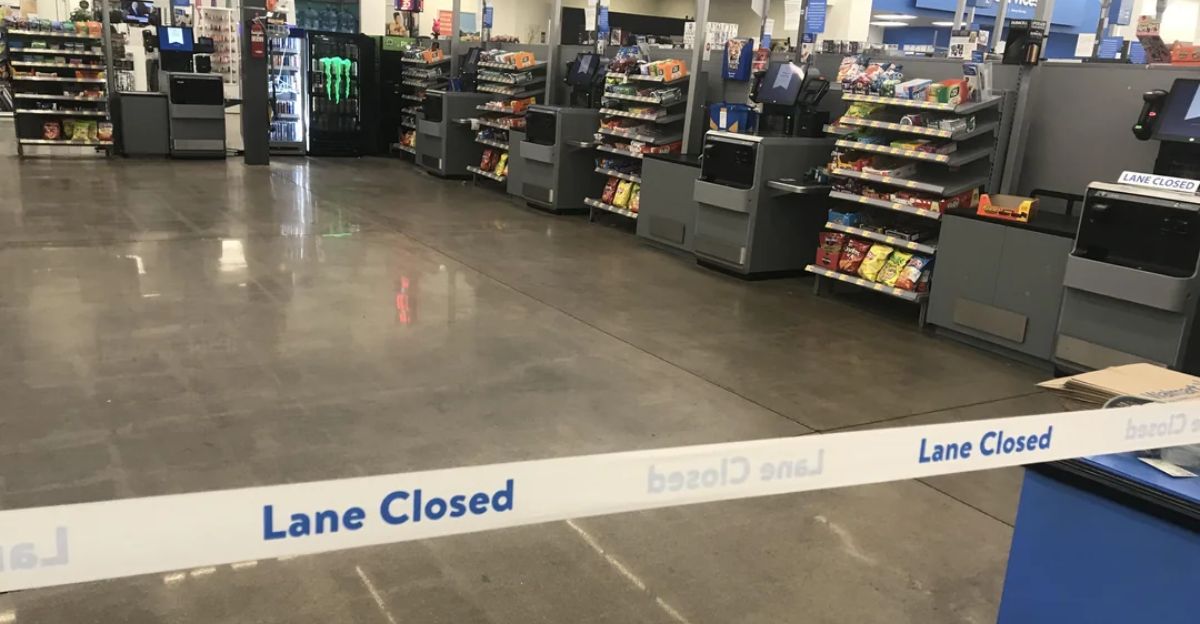
The turning point came in April 2024 at Walmart’s Shrewsbury, Missouri Supercenter, where all self-checkout kiosks were removed following a spike in theft-related police calls. The impact was dramatic: theft incidents dropped by nearly 50%, and police calls plummeted by over 60%. Arrests for shoplifting fell by half, underscoring the effectiveness of this controversial strategy. These figures reveal that self-checkout lanes have become vulnerable points for retail shrinkage.
Although unpopular with some customers, Walmart’s decision reflects a hard choice between maintaining convenience and protecting business and community safety. This data-driven move reframes the debate around self-checkout, emphasizing consequences over convenience and sparking a nationwide conversation about retail security.
Local Communities Feel the Impact
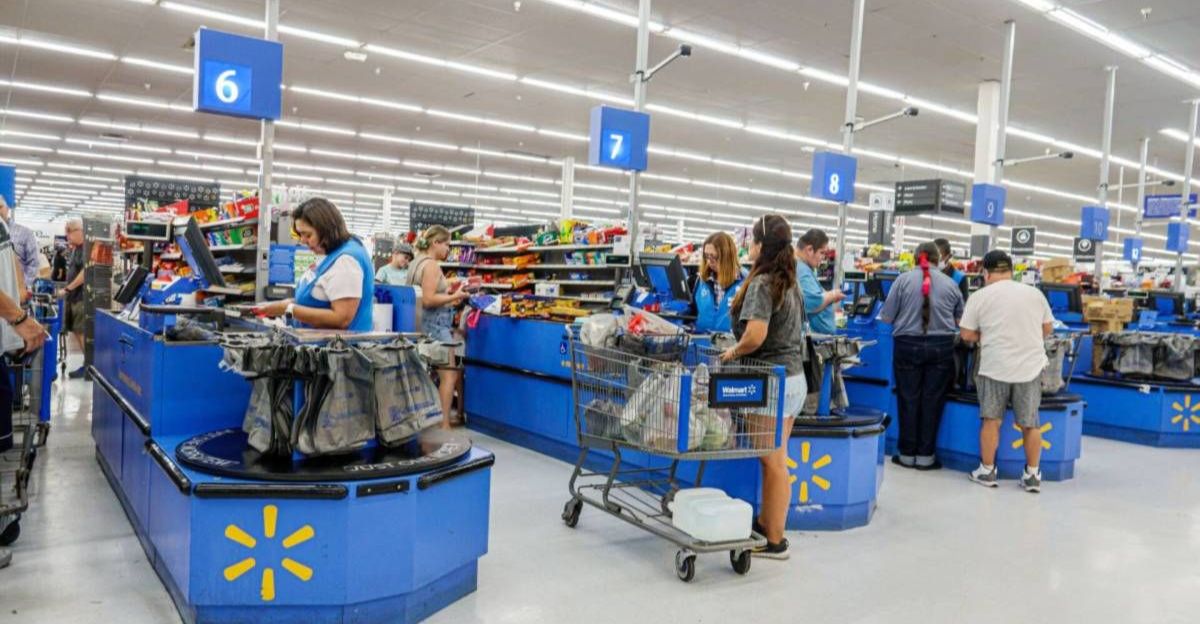
In Shrewsbury, Missouri, and Cleveland, Ohio, Walmart’s removal of self-checkout has reshaped the shopping experience. Local police chiefs have publicly praised the initiative for reducing theft and enhancing safety, with Shrewsbury Police Chief Lisa Vargas calling the change “a huge positive.” However, customer reactions are mixed.
Some shoppers welcome the return of staffed registers, appreciating the added security and personal service. Others express frustration over longer wait times and lost convenience, venting their annoyance on social media platforms like Reddit and TikTok. These online debates reveal a divided community between relief at improved safety and irritation at disrupted routines. The ripple effect of Walmart’s decision is deeply felt in local communities, highlighting the complex trade-offs between security and convenience.
Franchisees and Employees Caught in the Crossfire
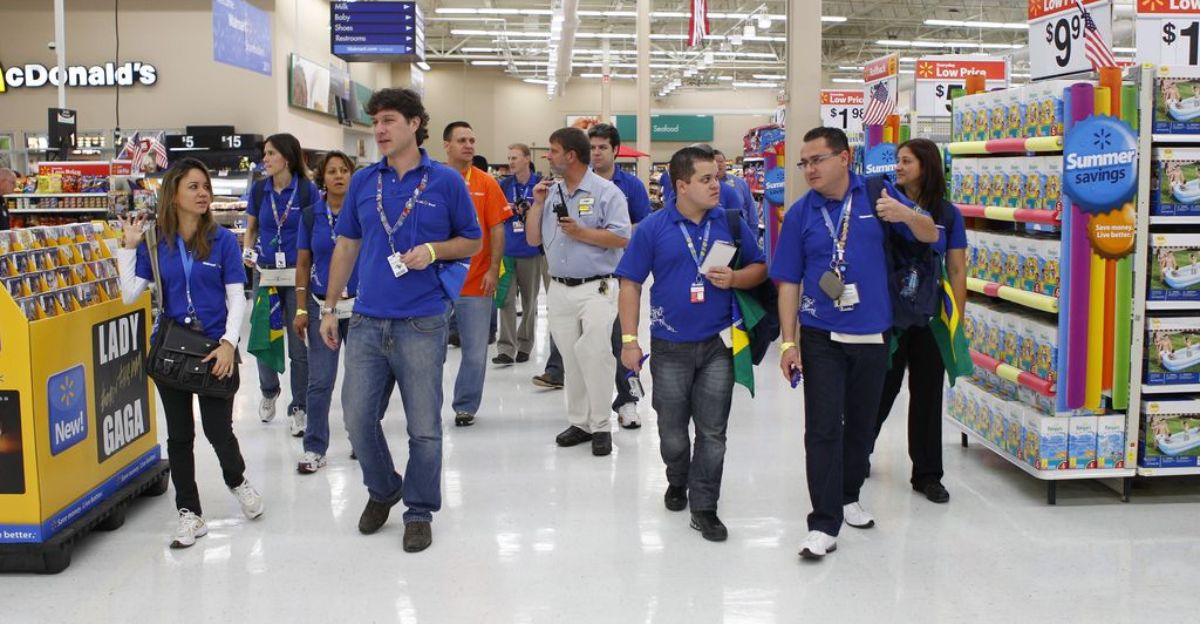
Behind the scenes, Walmart’s franchisees and frontline employees bear the brunt of these changes. They must enforce new anti-theft policies, manage growing customer dissatisfaction, and adapt to altered store layouts, all often without sufficient training or support. Employees report feeling squeezed between corporate mandates and frustrated shoppers, navigating a tricky balance of loss prevention and customer service.
Their experiences highlight the human cost of Walmart’s strategy, revealing the strain on retail labor as workers become frontline actors in an escalating battle against theft. This human dimension adds depth to the story, reminding us that corporate decisions ripple down to affect real people struggling to maintain order amid rising tensions.
Competitors Follow Suit, Shaping Industry Norms
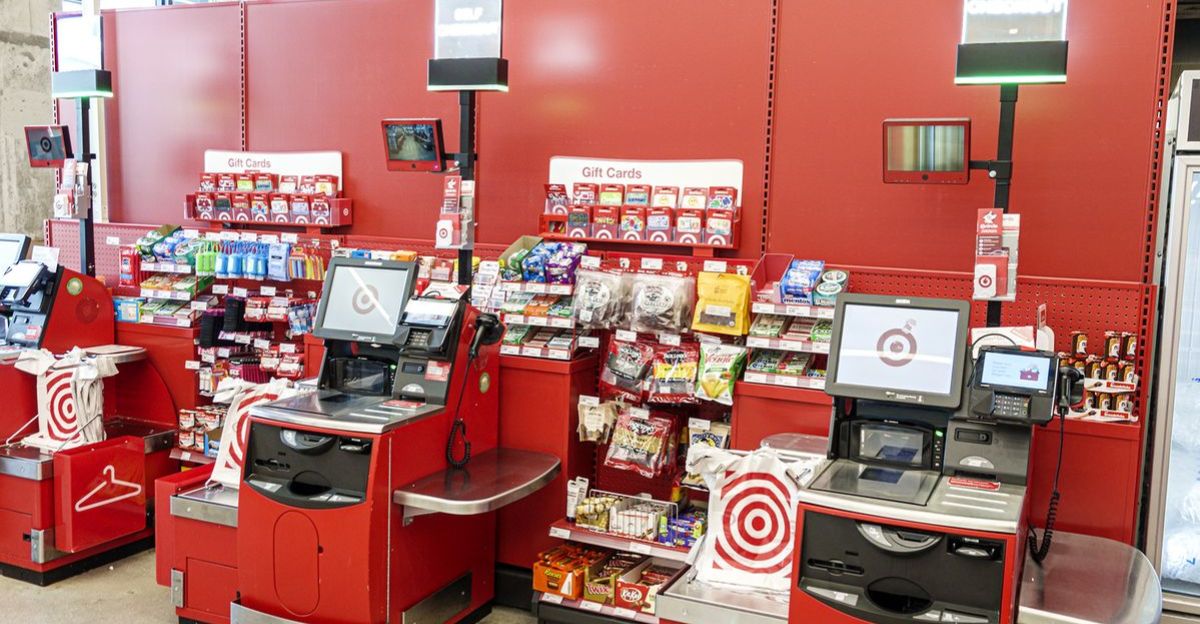
Walmart’s controversial strategy is part of a broader industry trend. Retailers like Dollar General, Target, and FiveBelow are also scaling back self-checkout options amid rising shrinkage. Dollar General has removed self-checkout from 300 stores, while Target limits self-checkout to customers buying ten items or fewer and increases supervision. FiveBelow employs a hybrid model where staff manually scan items at self-checkout machines.
This collective shift signals a reevaluation of automation’s role in retail, balancing efficiency against security risks. Walmart’s actions set a precedent, influencing peers and suppliers and redefining customer experience norms in an era of heightened vigilance. The retail ecosystem is evolving, with technology and security concerns reshaping how we shop.
Changing Consumer Habits and Expectations
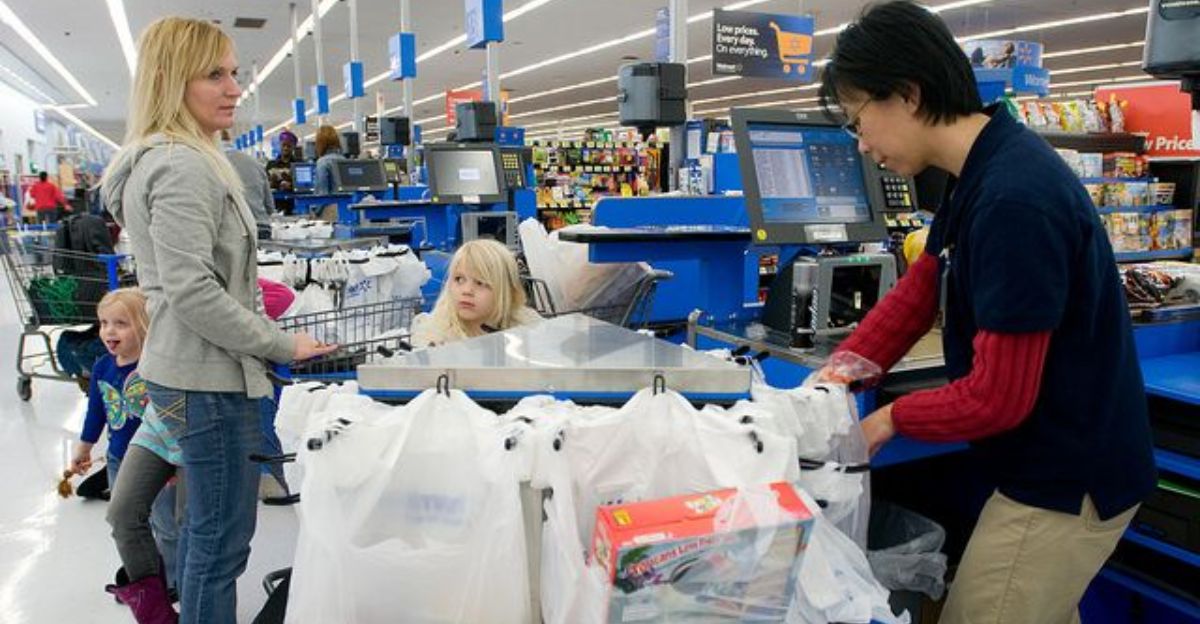
The backlash against Walmart’s self-checkout removals underscores a more profound shift in consumer behavior. Shoppers accustomed to speed and autonomy now face new hurdles: longer lines, multiple transactions, and increased employee oversight. Viral TikTok videos and YouTube rants capture this frustration, portraying anti-theft measures as punitive to honest customers. Yet, these changes prompt reflection on the delicate balance between convenience and security.
As theft reshapes store policies, consumers may adapt by favoring stores with trusted checkout processes or embracing emerging technologies like “Scan & Go,” which combines automation with human verification. This evolving dynamic challenges retailers to innovate thoughtfully, respecting customer experience while combating shrinkage.
What’s Next for Retail and Self-Checkout?

Walmart’s bold strategy against retail theft opens a window into retail’s uncertain future. Will self-checkout disappear, or evolve with smarter safeguards? Walmart is experimenting with alternatives like “Scan & Go” at Sam’s Club, blending technology with AI and employee oversight to curb theft while preserving convenience.
The broader question remains: how can retailers innovate without alienating customers or compromising security? As theft pressures mount, the industry stands at a crossroads where technology, human interaction, and community safety must align. This ongoing ripple effect invites us to reconsider how we shop and how trust and technology coexist in a rapidly changing world. The story of retail’s evolution is far from over, and its following chapters will shape shopping for years.